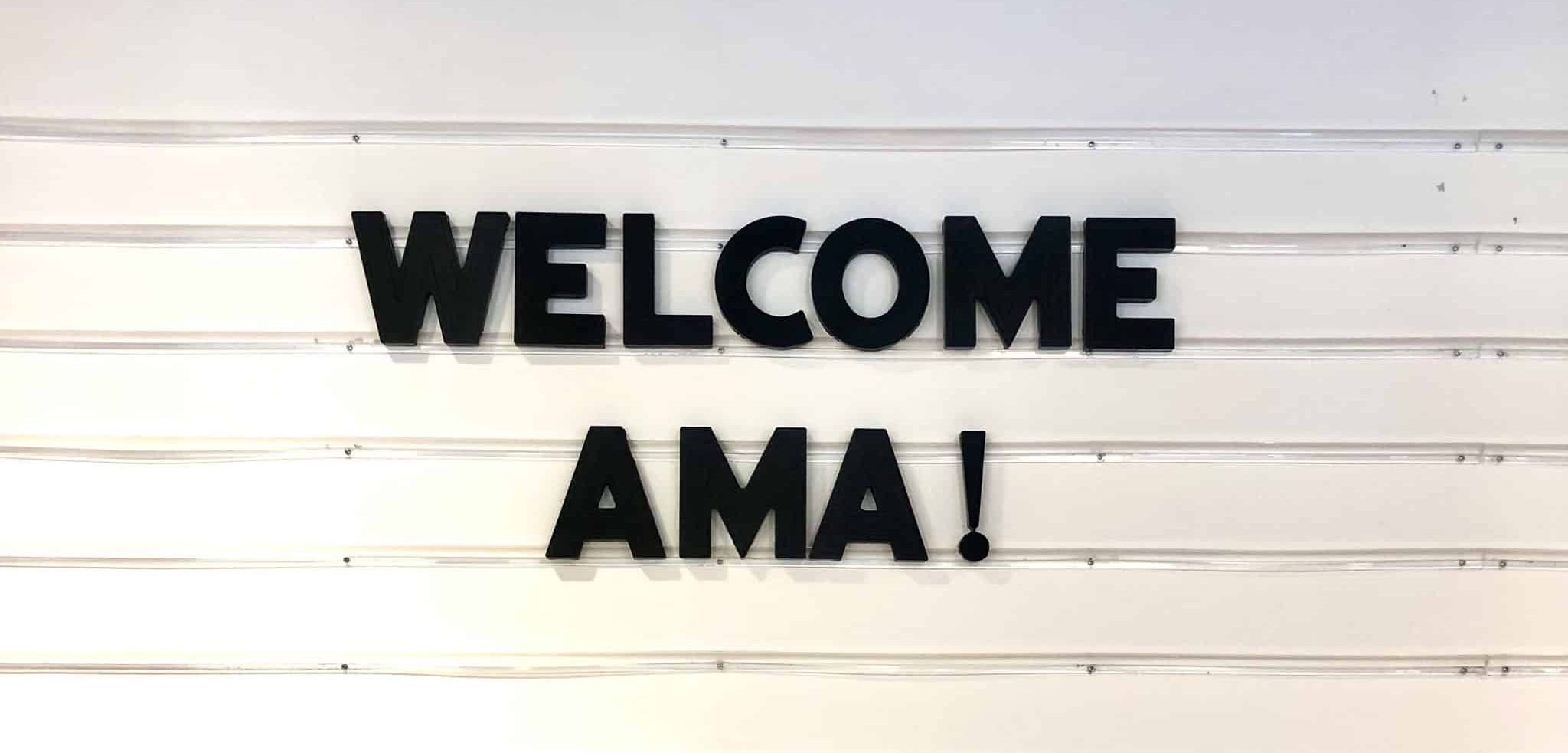Running a social media marketing strategy is no small feat. A single post could have five layers behind the scenes before the “Publish” button was ever tapped. One tool marketers can use is a social media editorial calendar to help keep teams on the same page as the social media beast gets fed.
Using an editorial calendar not only keeps everyone on the same page, but it creates efficiencies, establishes accountability and helps keep an overall balance of content, creative and expectations. In case you missed the Special Interest Group The Hodges Partnership hosted this spring, here are three big takeaways from their session.
What are the basics of an editorial calendar?
There are few core basics that every social media editorial calendar should have. Those elements are:
- Date
- Post copy
- URL
- Hashtags
- Tagging notes
- Platforms
- Creative
What are things you need to know when building editorial calendars?
Before building your first social media editorial calendar, you should establish guardrails. Here are some of the things you should define on the front end to help keep consistency from calendar to calendar:
- Buckets – What are the core themes you want your content to fall in? Each post should have a dedicated bucket to fall into.
- Length – How long is your calendar? Are you writing weekly, bi-weekly or monthly?
- Deadlines + Approvers – Once you have length answered, you can back out to determine when you need to send the calendar to the person or people approving the content.
- Internal Markers – Are there any specific highlights or colors that have meaning? For example, maybe a post in yellow means that’s a blog post and can’t be scheduled in advance.
- Organization/Client Philosophy – Be on the same page as far as philosophy goes. Does a client care if the 4/18 post publishes on 4/18, or if it gets swapped with 4/22 is that OK? Do they need to know that before it happens?
What tools can be used for making editorial calendars?
This is the fun part, finding the tools to help get the job done. The number one thing to keep in mind is to find a tool that works for the team and STICK WITH IT. A tool or a system is no good if it’s not being used consistently and correctly. Here are just some of the tools mentioned in the Social Media SIG:
- Google Sheets
- Trello
- com
- On-platform Planning and Scheduling Tools
- Brandwatch
- Sprout Social




